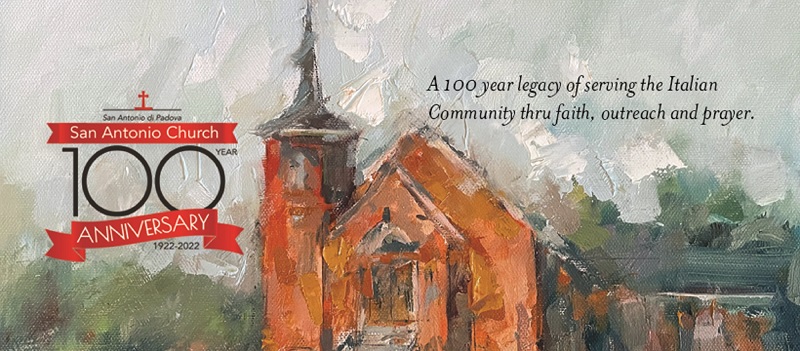Contributed by Terrie Evans
April 19, 2020
This Sunday we honor the Feast of Divine Mercy and the devotion of Faustina Kowalska, the Polish Nun who reported visions and visitations from Jesus and the conversations she had with him. During those talks, Jesus asked her to paint the vision of his merciful divinity that poured from his sacred heart. The first divine Mercy image was displayed at Mass on April 28, 1935 with Faustina Kowalska in attendance. In her writings, Jesus requested that a Divine Mercy Novena should begin on Good Friday. He also requested that the feast be established on the first Sunday after Easter so that mankind would take refuge in him. This devotion was promoted by Pope John Paul II and with the Canonization of Faustina Kowalska on April 3, 2000, the feast was established.
For those practicing a devotion to the Divine Mercy, there are special dispositions for the faithful who are unable to attend church. Please recite one Our Father and Creed before an image of Jesus while adding “MERCIFUL JESUS, I TRUST IN YOU.” You will receive a Plenary Indulgence on that day with the condition of fulfilling the usual sacramental requirements at a later date.
With the celebration of Mother’s Day on May 10th, many will now be planting flowers and herbs around a statue of the Blessed Mother for their Mary Garden. A Mary Garden can be a single indoor pot, or a small corner in your garden with a statue of Mary in the center. This tradition originated in monasteries and convents throughout medieval Europe among Christian denominations who hold the Virgin Mary in special esteem. The Irish Patron saint of Gardening, St. Fiacre is said to have planted and tended the first garden dedicated to Mary around the Oratory of Our Lady in France around the 7th Century. The first Mary Garden open to the public in the United States was in 1932 at St. Joseph’s Church in Massachusetts. By 1951, A.G. McTeague and John Stokes founded “Mary’s Gardens” in Philadelphia to research flowers identified with Mary. Their project made available seeds and information on plants for starting a Mary Garden. The first record of a flower named for Mary is “Seint Mary Gouldes” (St. Mary’s Gold or Marygold) for the Pot Marigold or Calendula from a 1373 English Recipe for a potion to ward off the plague. The violet is associated with Mary Gardens and became known as “Our Lady’s Modesty” and her humility and is said to have blossomed when Mary replied to the Angel Gabriel, “I am the handmaid of the Lord.“ Irises are also used in Mary Gardens as the blade-shaped foliage recalls the sorrows which “pierced her heart”.
